Machine man: Douglas Tausik Ryder on AI and coding sculpture
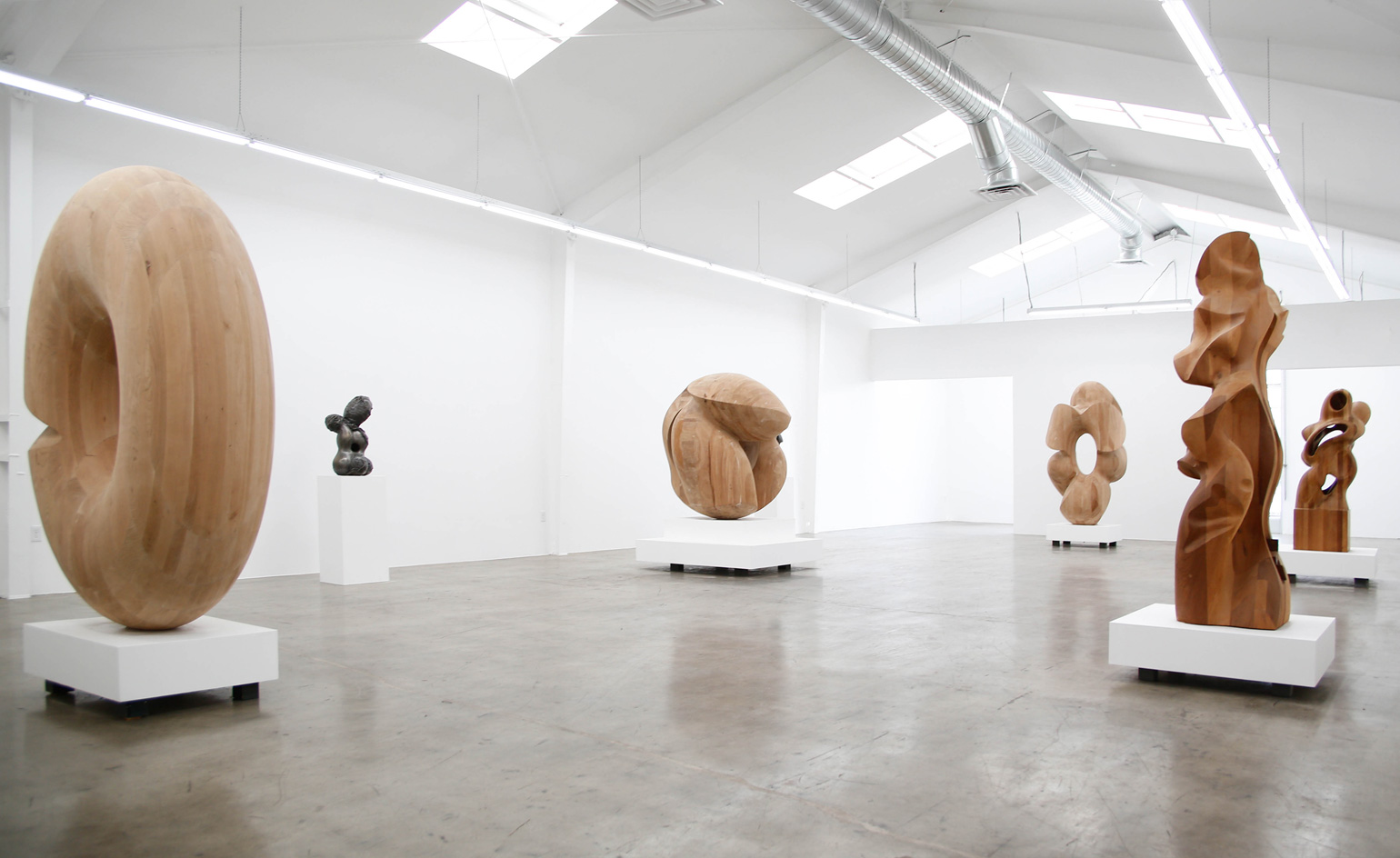
In 2006, the sculptor Douglas Tausik Ryder heard that an obsolete 5-axis router was being sold in North Carolina, by a company who manufactured aluminium aircraft parts. The machines had fallen out of use – replaced by faster, new technologies – so the machine wasn’t expensive. There was a problem, though: it weighed 16,000 lbs and was the size of a room.
Ryder was determined to master the machine however, and to apply it to his art. ‘This undertaking plunged me into two years of trial and error, frustration, midnights in my studio, and despair,’ the told us. The machines have a cutting tool controlled by G-code: a programming language controlled numerically, and which allows people to instruct automated tools to build things. ‘I find it very interesting that an object can be described as a code, and the code remain the same though the object be big or small, made of wood plastic or metal, etc.’
As far as anyone knows, Ryder is the only person using the machine to make sculptures in this way. It allows him to create objects of any complexity and size, and on any scale and at any speed he wants. His process does still demands some more conventional woodworking and metalworking skills – like using his bare hands – but machines have the potential to do things no body can muster. ‘It might be possible one day to fully automate the making of art using AI, so the possibility exists that my studio could go on after my death.’
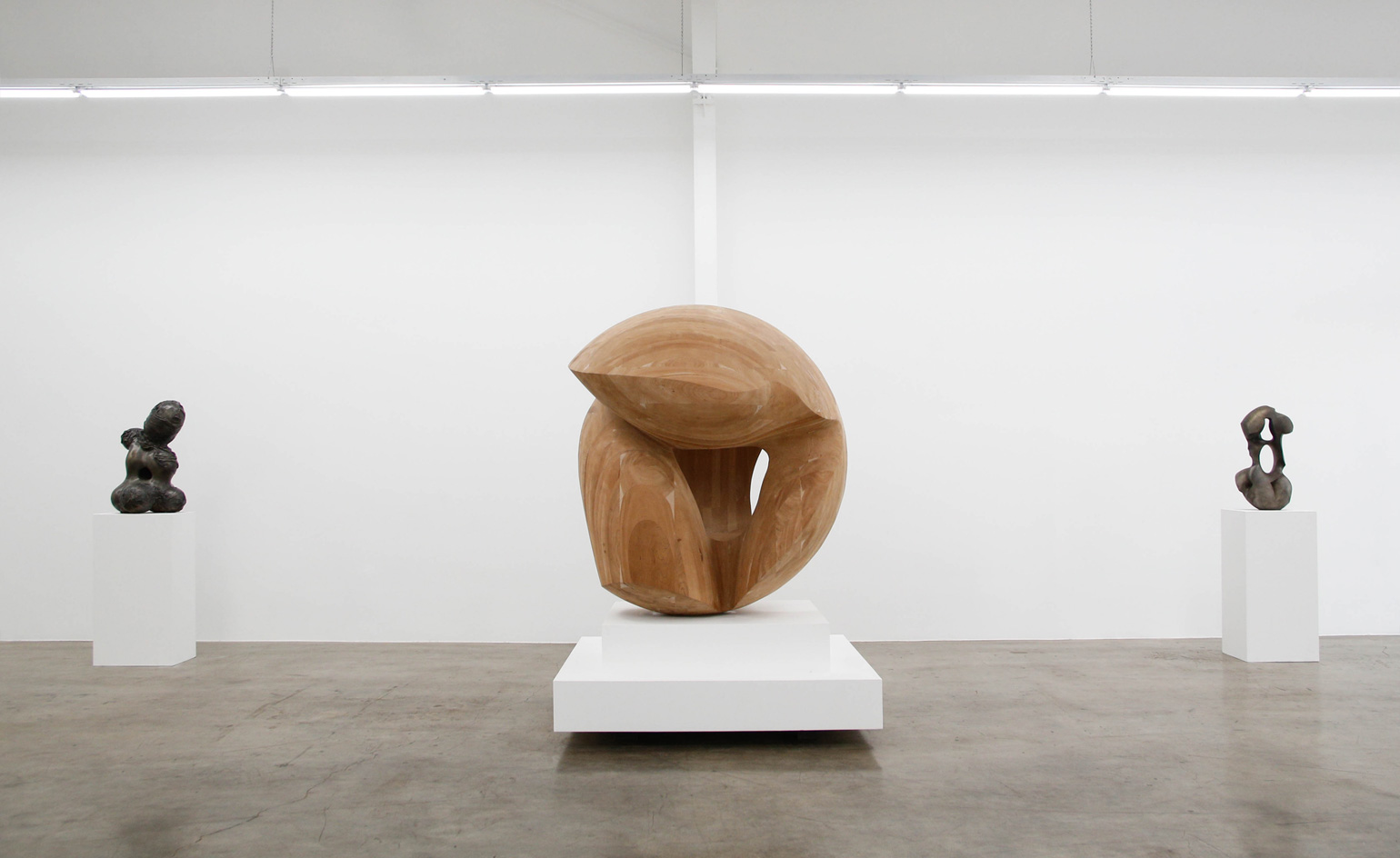
Installation view of ‘Metamorphosis’ at Jason Vass
The resulting bronze and wood sculptures are the results of a process that is both digitally programmed with mathematical process, and a more intuitive way of sculpting. This dyadic process also perfectly reflects the sculptor’s conceptual ideas. ‘There is always present in my work a struggle between the geometric (the pure, the ideal, timeless) and the body (flawed, mortal).’ He told explains. ‘An object begins in a dream. It is a figure, a person or archetype in my life. A series of operations occurs on the figure, for example, stretching, pulling, hollowing, etc. These operations are an intersection of a geometric form with the figure.’
Despite his fascination with technology, the clue to achieving the perfect geometric balance might come from a more primordial place: a woman’s body. This manifests itself beautifully in Venus (2015) — inspired by the sculptor’s pregnant wife, with formal references to the spherical sculptures of the Venus figures in Paleolithic times, by Willendorf and Lespugue.
‘Working with a figure in my studio, I imagined its belly enlarged and rounded into a 5ft diameter ball.’ After playing around with various shapes, Ryder says, ‘Then it came to me – the form to express the feelings and ideas that came from contemplating this child growing inside, must be the perfect geometry of a sphere.’
He adds, ‘I visualised the space inside the mother figure as a sphere and expanded this space until it intersected the deep concave curves of the mother figure and created openings. This is how all the openings were made. The unfilled sphere remains inside as an idealised space.’
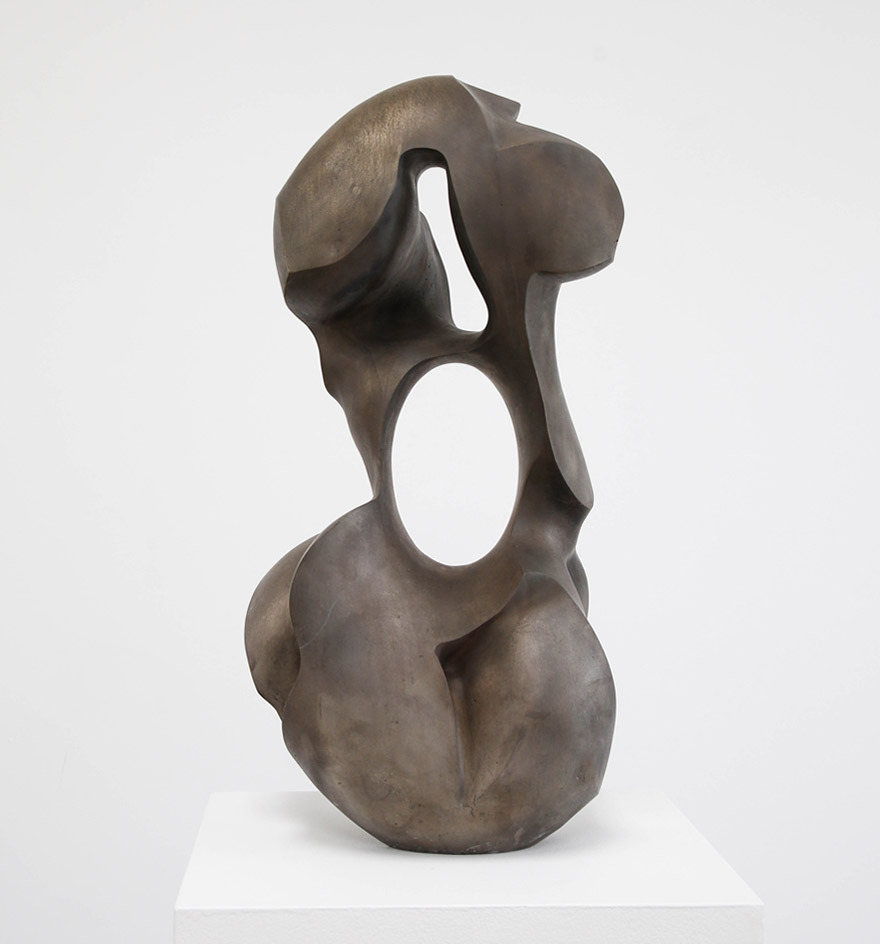
Installation view of ‘Metamorphosis’ at Jason Vass
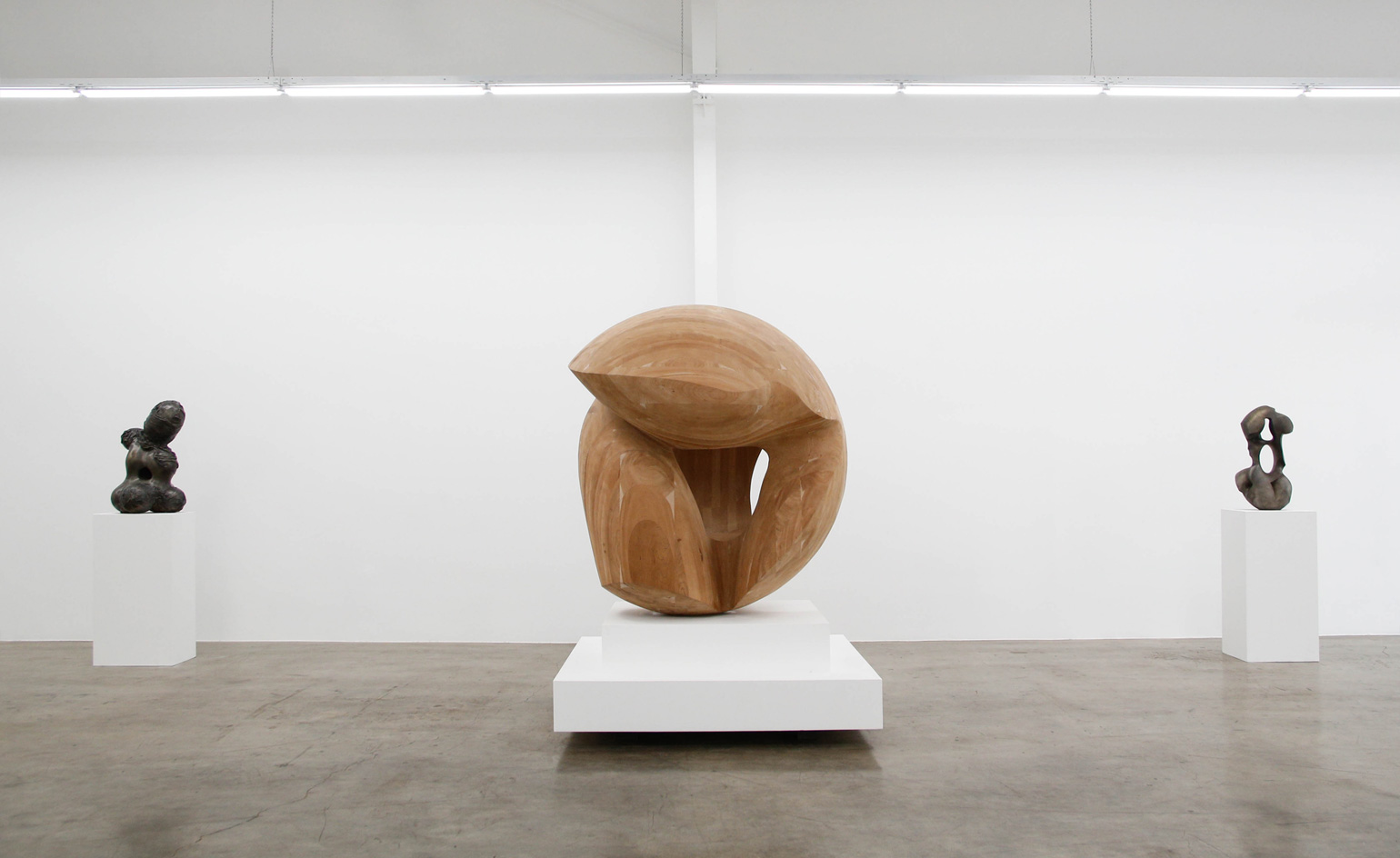
INFORMATION
‘Metamorphosis’ is on view until 26 February. For more information, visit the Jason Vass website
ADDRESS
Jason Vass
1452 E 6th Street
Los Angeles, CA 90021
Receive our daily digest of inspiration, escapism and design stories from around the world direct to your inbox.
Charlotte Jansen is a journalist and the author of two books on photography, Girl on Girl (2017) and Photography Now (2021). She is commissioning editor at Elephant magazine and has written on contemporary art and culture for The Guardian, the Financial Times, ELLE, the British Journal of Photography, Frieze and Artsy. Jansen is also presenter of Dior Talks podcast series, The Female Gaze.
-
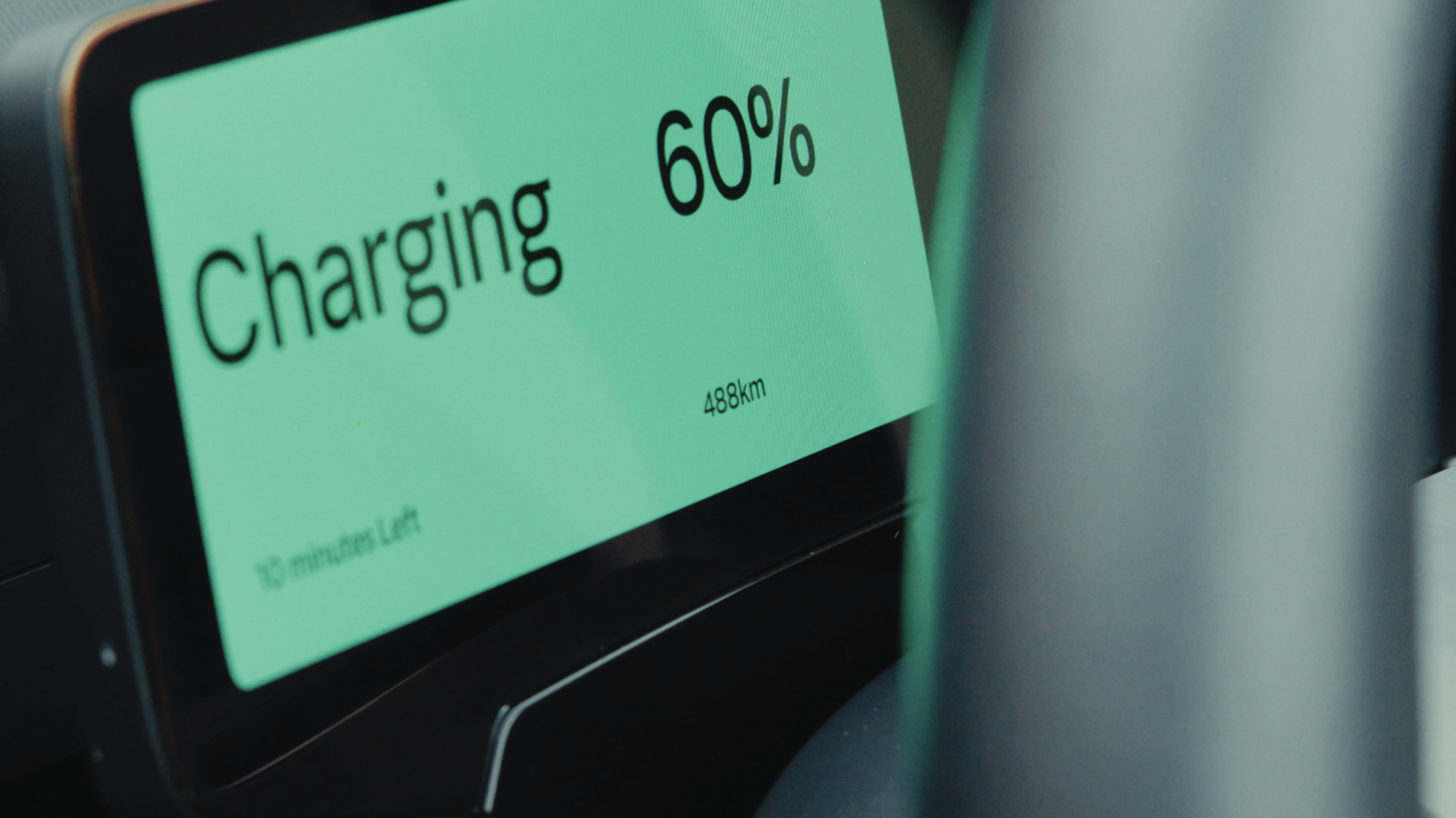 Volvo’s quest for safety has resulted in this new, ultra-legible in-car typeface, Volvo Centum
Volvo’s quest for safety has resulted in this new, ultra-legible in-car typeface, Volvo CentumDalton Maag designs a new sans serif typeface for the Swedish carmaker, Volvo Centum, building on the brand’s strong safety ethos
-
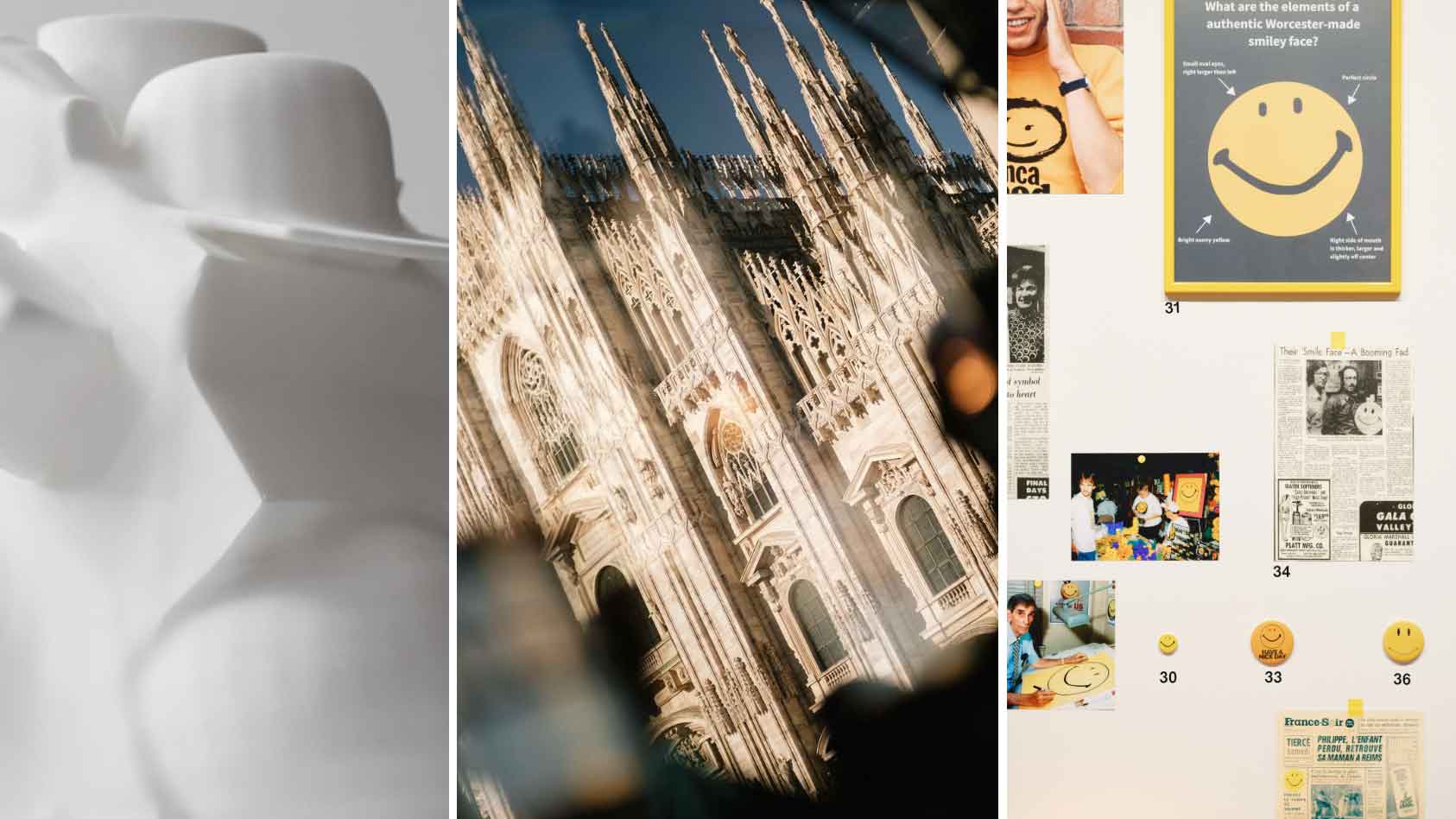 We asked six creative leaders to tell us their design predictions for the year ahead
We asked six creative leaders to tell us their design predictions for the year aheadWhat will be the trends shaping the design world in 2026? Six creative leaders share their creative predictions for next year, alongside some wise advice: be present, connect, embrace AI
-
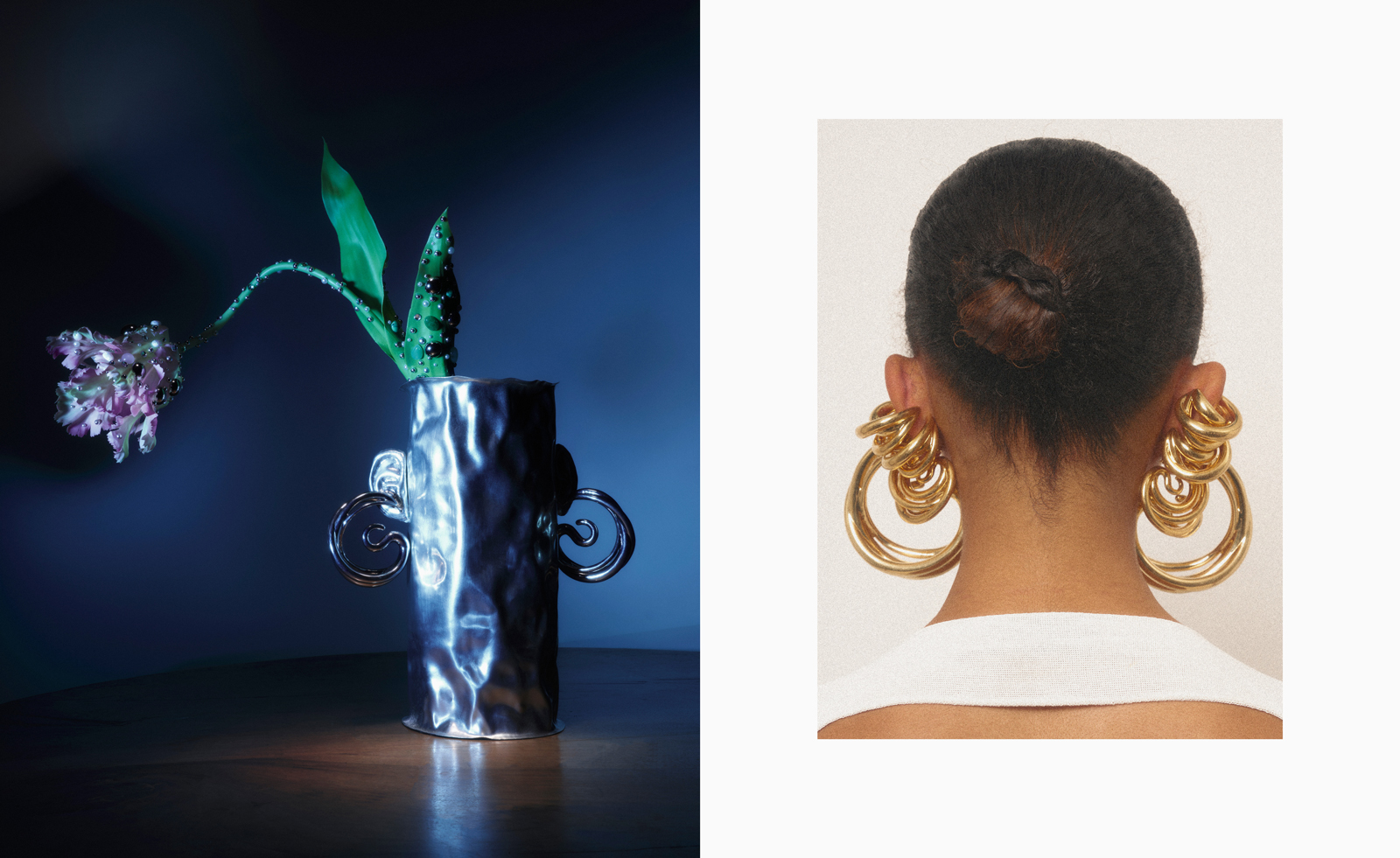 10 watch and jewellery moments that dazzled us in 2025
10 watch and jewellery moments that dazzled us in 2025From unexpected watch collaborations to eclectic materials and offbeat designs, here are the watch and jewellery moments we enjoyed this year
-
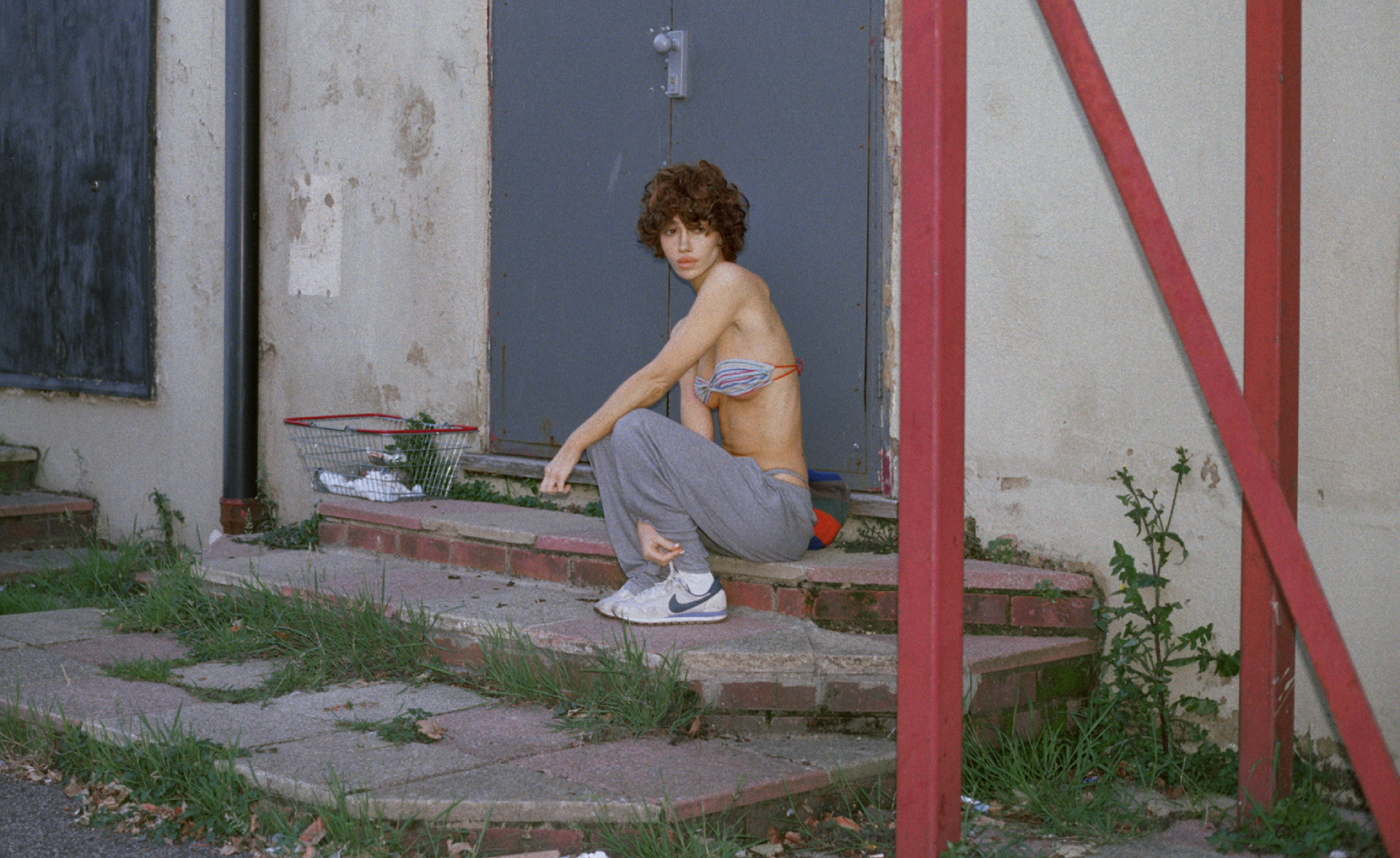 Nadia Lee Cohen distils a distant American memory into an unflinching new photo book
Nadia Lee Cohen distils a distant American memory into an unflinching new photo book‘Holy Ohio’ documents the British photographer and filmmaker’s personal journey as she reconnects with distant family and her earliest American memories
-
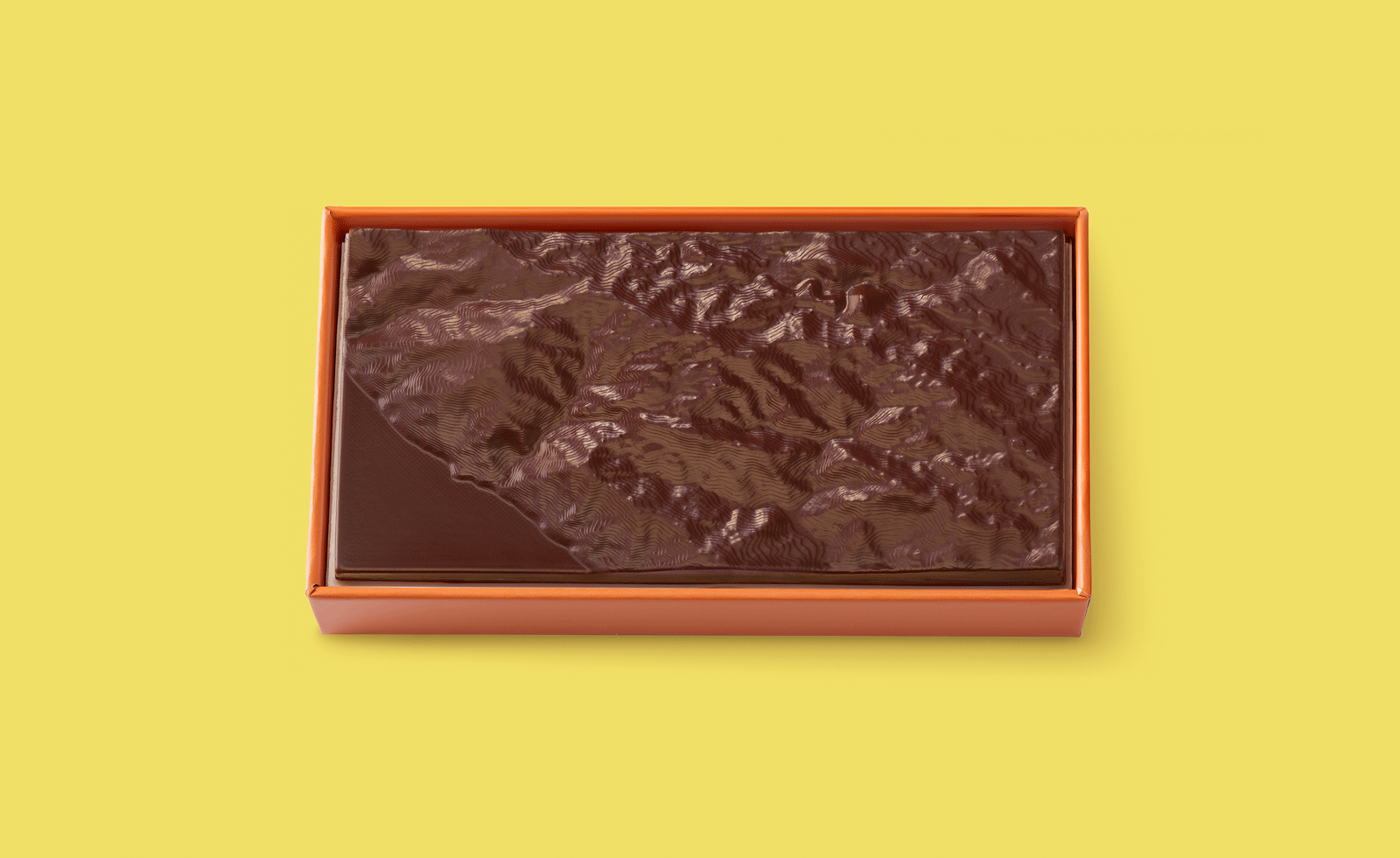 Ed Ruscha’s foray into chocolate is sweet, smart and very American
Ed Ruscha’s foray into chocolate is sweet, smart and very AmericanArt and chocolate combine deliciously in ‘Made in California’, a project from the artist with andSons Chocolatiers
-
 Jamel Shabazz’s photographs are a love letter to Prospect Park
Jamel Shabazz’s photographs are a love letter to Prospect ParkIn a new book, ‘Prospect Park: Photographs of a Brooklyn Oasis, 1980 to 2025’, Jamel Shabazz discovers a warmer side of human nature
-
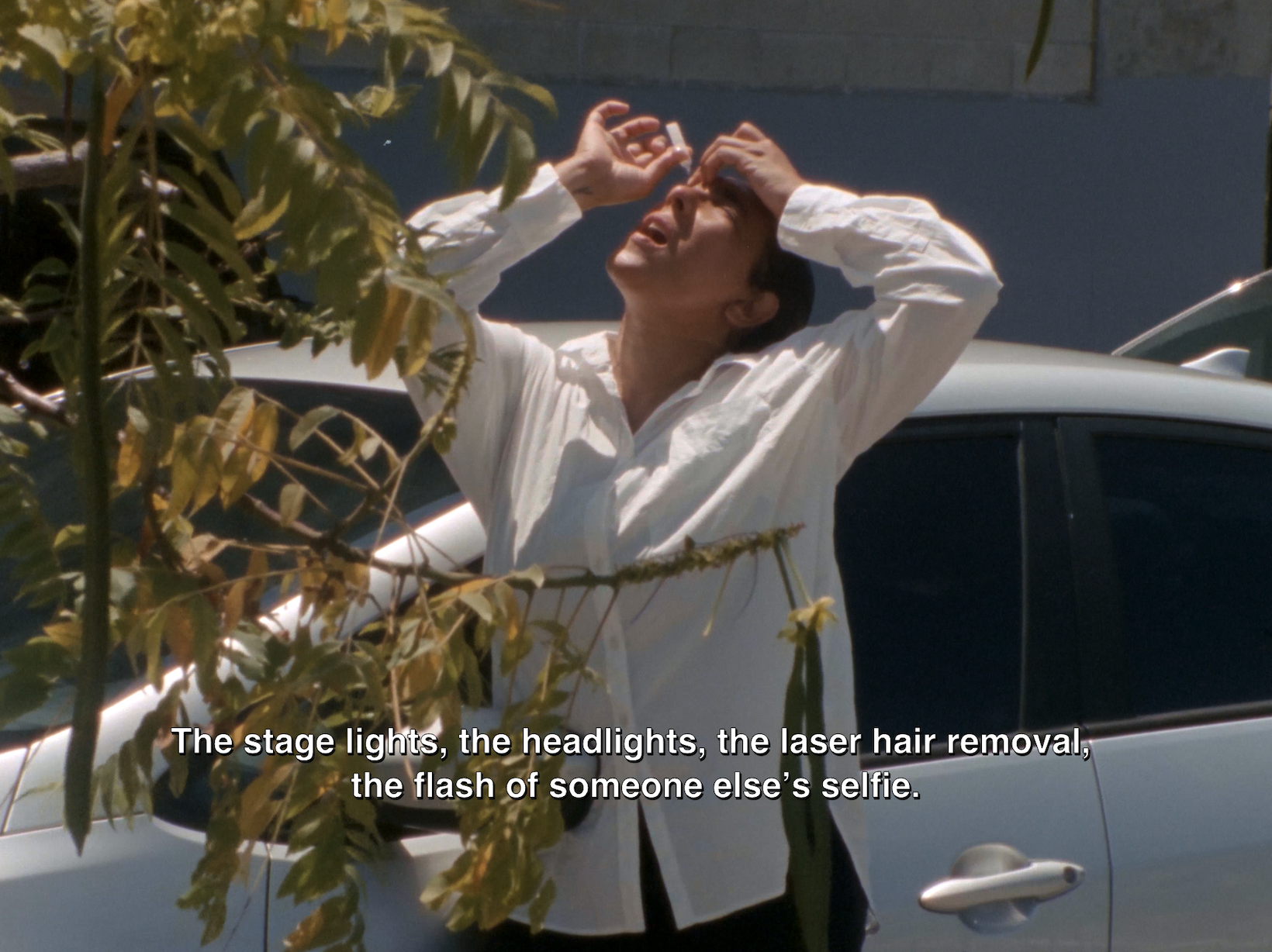 The Hammer Museum in Los Angeles launches the seventh iteration of its highly anticipated artist biennial
The Hammer Museum in Los Angeles launches the seventh iteration of its highly anticipated artist biennialOne of the gallery's flagship exhibitions, Made in LA showcases the breadth and depth of the city's contemporary art scene
-
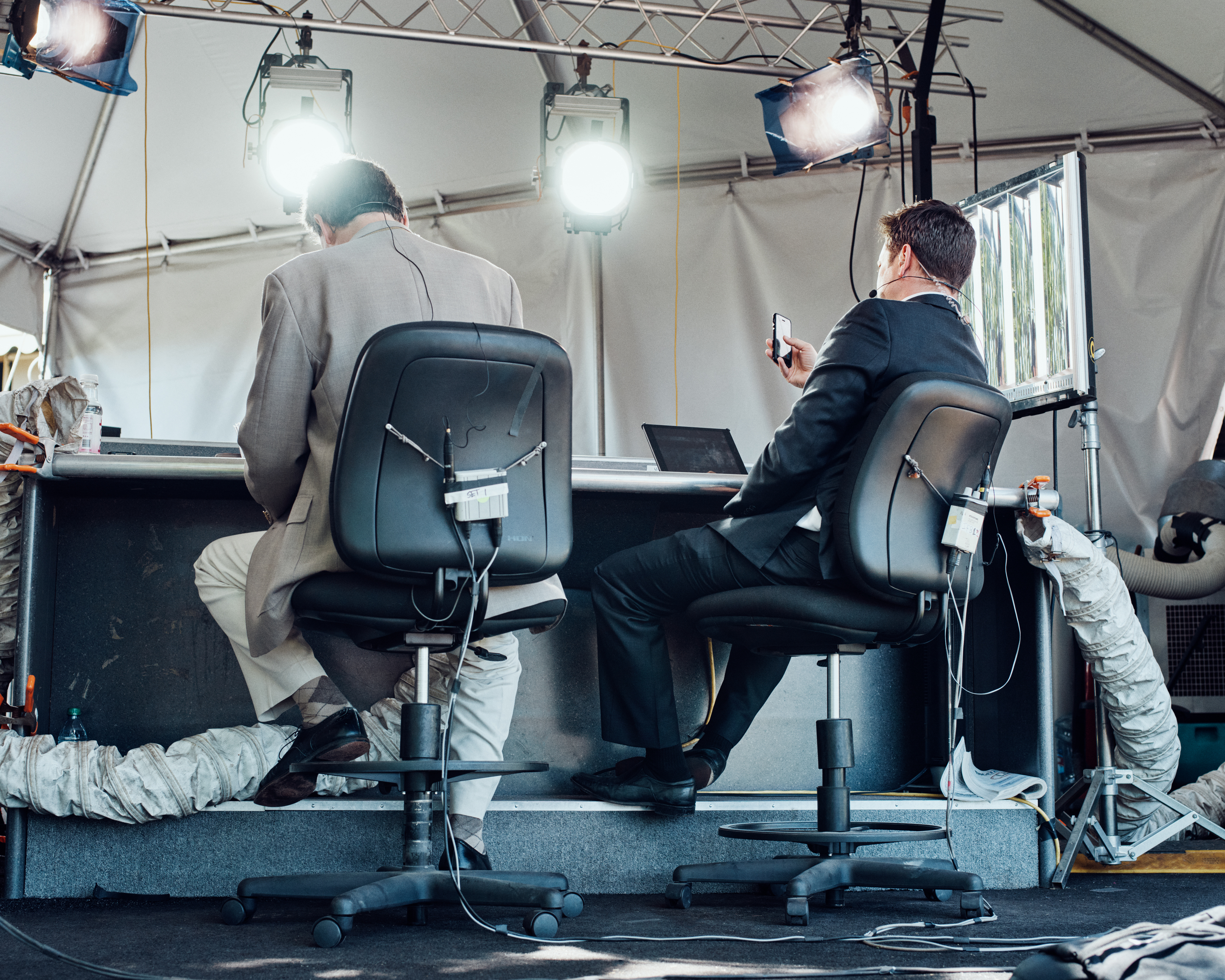 Thomas Prior’s photography captures the uncanny fragility of American life
Thomas Prior’s photography captures the uncanny fragility of American lifeA new book unites two decades of the photographer’s piercing, uneasy work
-
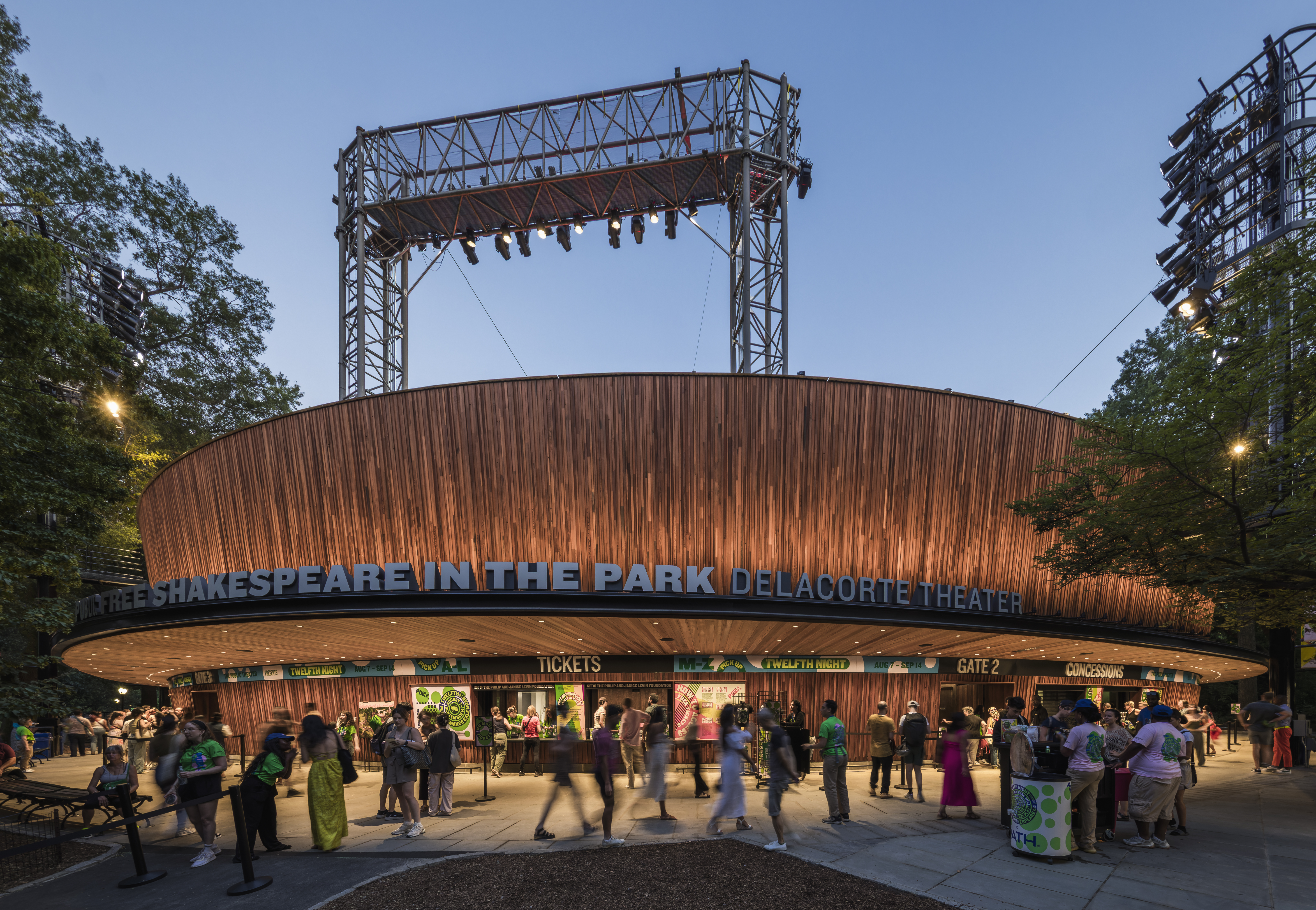 Central Park’s revitalised Delacorte Theater gears up for a new future
Central Park’s revitalised Delacorte Theater gears up for a new futureEnnead Architects helmed an ambitious renovation process that has given the New York City cultural landmark a vibrant and more accessible future
-
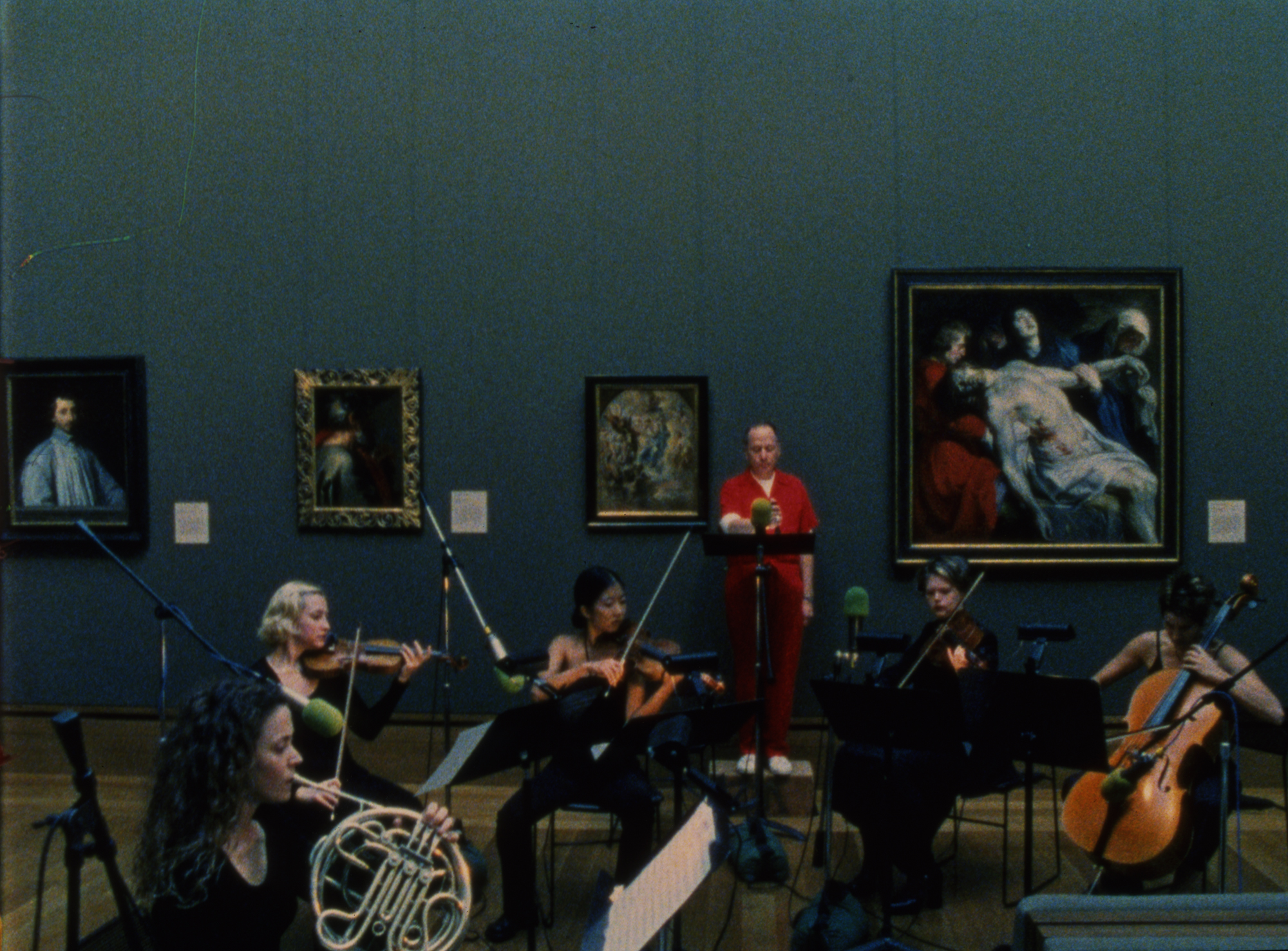 Stephen Prina borrows from pop, classical and modern music: now MoMA pays tribute to his performance work
Stephen Prina borrows from pop, classical and modern music: now MoMA pays tribute to his performance work‘Stephen Prina: A Lick and a Promise’ recalls the artist, musician, and composer’s performances, and is presented throughout MoMA. Prina tells us more
-
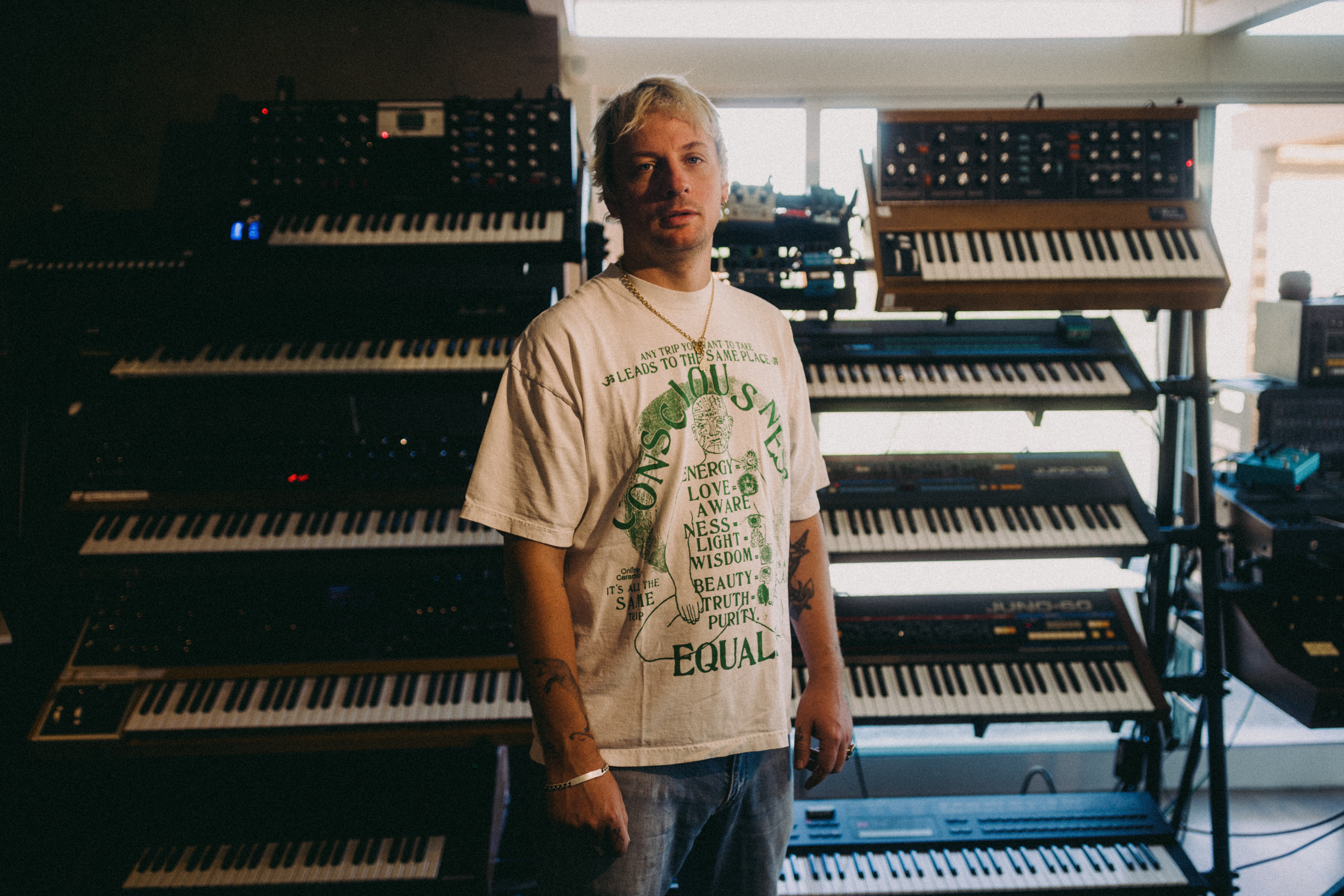 Curtains up, Kid Harpoon rethinks the sound of Broadway production ‘Art’
Curtains up, Kid Harpoon rethinks the sound of Broadway production ‘Art’He’s crafted hits with Harry Styles and Miley Cyrus; now songwriter and producer Kid Harpoon (aka Tom Hull) tells us about composing the music for the new, all-star Broadway revival of Yasmina Reza’s play ‘Art’